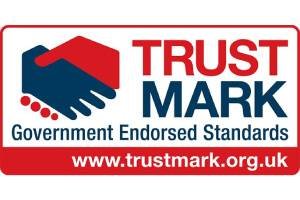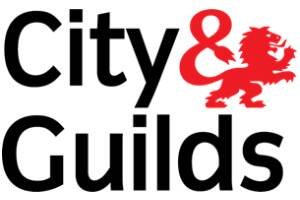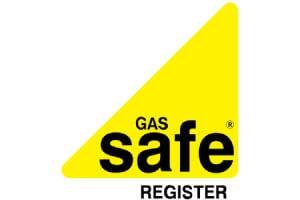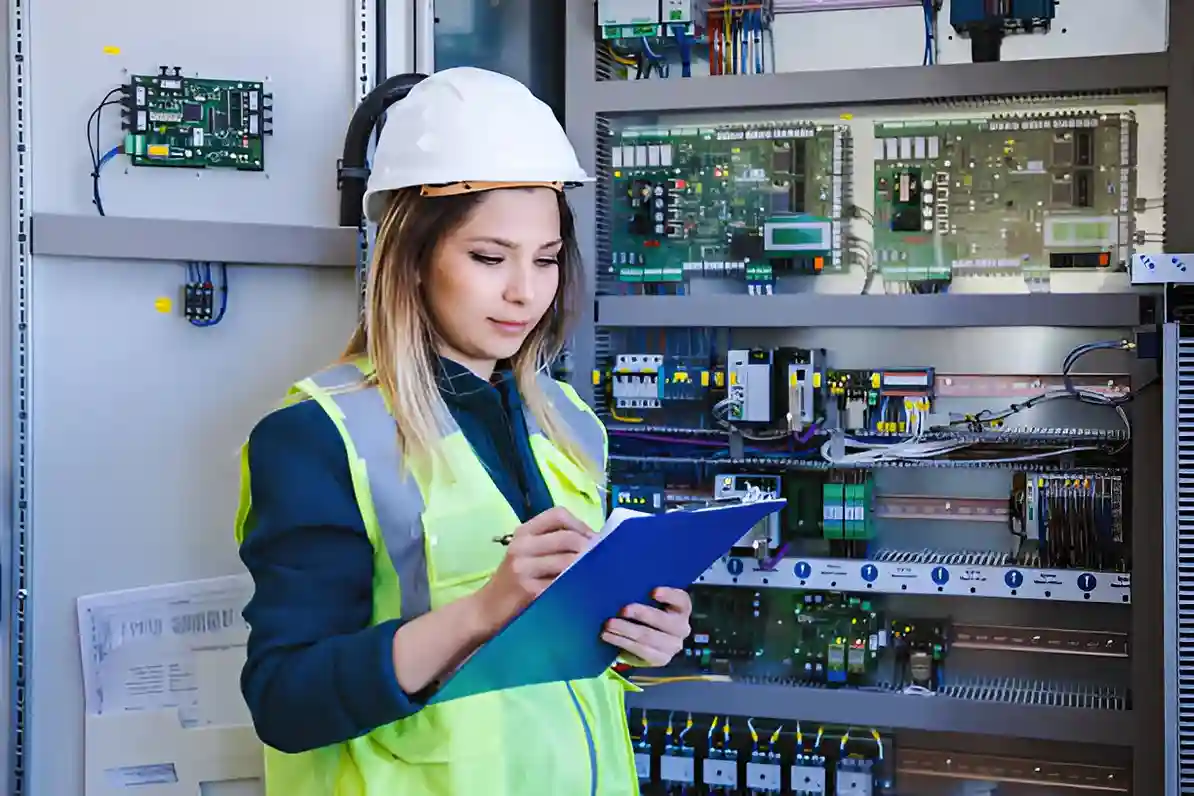
As the year 2025 approaches, the Electrical Installation Condition Report EICR cost becomes an integral consideration for property owners. Various factors influence pricing, such as property size and location. Understanding the cost of EICR and these elements can help in planning budgets effectively. However, the significance of EICR cost extends beyond mere numbers, raising questions about compliance and safety that every property owner should consider.
Key Takeaways
- EICR costs in 2025 will vary based on property size, complexity, and geographical location, with residential prices likely ranging from £100 to £1000.
- Commercial properties can expect higher EICR costs, typically between £300 and £1,500, due to extensive inspection requirements.
- Regular EICR frequency is essential, with residential inspections recommended every 10 years and commercial inspections every 5 years.
- Budget for potential rewiring costs, as it can significantly impact EICR expenses and necessitate comprehensive assessments.
- Ensure certified assessors conduct your inspection to guarantee compliance and safety, preventing future costs related to non-compliance.
Understanding what an EICR is and why it is necessary.
An Electrical Installation Condition Report (EICR) serves as an essential assessment of the safety and overall condition of electrical systems in both residential and commercial buildings. This report evaluates the integrity of electrical systems, identifying unsafe conditions and compliance with current regulations. By utilising innovative testing techniques and advanced instrumentation, EICRs help guarantee that installations meet safety standards and function efficiently.
The need for an EICR arises from legal requirements and the duty to protect lives and property. Regular inspections can prevent electrical failures, reduce the risk of fire, and enhance energy efficiency.
As technology evolves, the methods of conducting EICRs also advance, incorporating creative technologies that provide real-time data and insights. This proactive method not only promotes a safer environment but also advances sustainability efforts.
In an era where innovation is essential, understanding the importance of EICRs is necessary for property owners dedicated to keeping electrical systems safe and efficient.
Key Factors That Affect the Cost of EICR
Several key factors affect the cost of EICR Electrical Installation Condition Report (EICR), such as the property’s size and the complexity of its electrical systems. And the location of the installation.
Larger properties usually demand more detailed inspections, resulting in higher labour costs and longer durations. The complication of a property’s electrical systems also plays a key role; complex setups with various circuits and components necessitate a more thorough evaluation, thereby raising costs.
Additionally, geographical location can impact pricing due to differences in labour rates and regional demand for inspections. Urban areas may see higher fees compared to rural locations, where the availability of qualified inspectors may be limited.
By understanding these factors, property owners can predict possible costs and make informed choices when planning an EICR, helping to keep their electrical systems safe and in line with current standards.
Landlord safety certification provides reliable service at affordable rates.
EICR Cost Breakdown: Residential vs Commercial Properties
The Electrical Installation Condition Report (EICR) cost varies considerably between residential and commercial properties, reflecting differences in inspection requirements and property characteristics.
Residential inspections typically range from £100 to £200, depending on the size and complexity of the home, with a straightforward assessment often sufficing.
In contrast, commercial properties can face costs between £300 and £1,500 or more, driven by factors such as the scale of operations, multiple electrical systems, and regulatory compliance needs.
Additionally, commercial properties may require specialised assessments, including a detailed analysis of high-capacity installations or safety certifications.
This complexity requires investing more in skilled electricians with advanced tools.
Therefore, understanding the distinct financial implications for both sectors is essential for property owners, as it enables informed decision-making regarding their electrical safety and compliance obligations.
Investing in an EICR can ultimately enhance operational efficiency and safety across diverse property types.
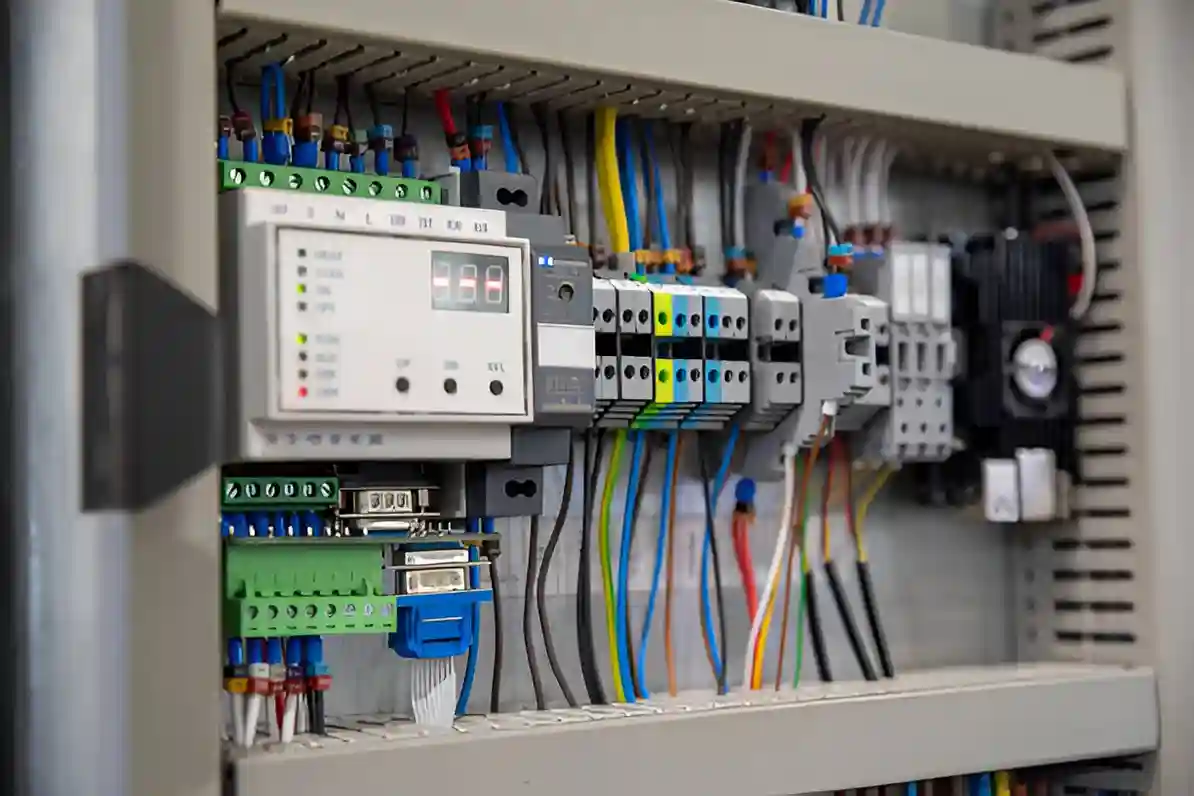
How Often Should You Get an EICR?
Regular evaluations of electrical installations via an Electrical Installation Condition Report (EICR) are crucial for ensuring safety and staying compliant.
For peak performance and risk mitigation, the frequency of EICR assessments should be governed by several factors:
- Property Type: Residential properties typically require an EICR every 10 years, while commercial properties may need inspections every 5 years.
- Usage Intensity: High-usage environments, such as industrial sites, should undergo EICR every 3 years to guarantee safety.
- Tenant Changes: If there are significant changes in tenancy, an EICR should be conducted to assess any alterations made.
- Electrical Modifications: Any upgrades or modifications to the electrical system warrant an immediate EICR to confirm compliance and safety.
Following these guidelines encourages an innovative approach to electrical safety, ensuring installations stay reliable and effective over time.
Typical Price Range for EICRs in the UK
EICR cost in the UK typically ranges between £150 and £300, depending on various factors.
The difficulty of the electrical system, property size, and geographic location can notably influence pricing. For instance, larger properties or those with intricate electrical setups often incur higher fees due to the increased time and expertise required for thorough inspections.
Additionally, the choice of service provider plays an important role; established firms may charge premiums for their experience and reputation, while newer companies might offer competitive rates to attract clients.
It is essential to take into account not just the cost but the quality of service, as cutting corners could lead to unsafe conditions.
As the demand for innovative electrical solutions grows, so too does the importance of ensuring compliance and safety through regular EICR assessments. This investment not only safeguards properties but also enhances peace of mind for homeowners and tenants alike.
Is the Cost of EICR Worth It? Long-Term Safety and Compliance Benefits
Obtaining an Electrical Installation Condition Report (EICR) offers substantial long-term safety and compliance advantages for property owners. The value of an EICR extends beyond immediate inspection results, promoting a safer living environment and enhancing property value.
Here are four key benefits:
- Risk reduction: Identifying and addressing electrical hazards reduces the likelihood of fires and electrical failures, safeguarding occupants.
- Regulatory Compliance: Regular inspections guarantee adherence to evolving safety standards, minimising legal liabilities and penalties.
- Enhanced Property Value: A well-documented EICR can draw in potential buyers or tenants by demonstrating thoroughness in property upkeep.
- Future-Proofing: Proactive assessments highlight areas for upgrade, aligning electrical systems with innovative technologies and energy efficiency standards.
Ultimately, the cost of an EICR is a strategic investment in safety, compliance, and long-term property management, making it a prudent choice for forward-thinking property owners.
Legal Requirements Around EICRs in the UK
While property owners might see the Electrical Installation Condition Report (EICR) as an extra cost, knowing the legal obligations in the UK is necessary for safety and compliance. The EICR is required by the Electrical Safety Standards in the Private Rented Sector (England) Regulations 2020, which mandate landlords to carry out regular inspections. Non-compliance can result in heavy penalties.
Below is an Overview of the main legal requirement:
| Requirement | Description | Frequency |
|---|---|---|
| Landlord regulations | Ensure the safety of electrical installations. | Every 5 years |
| Tenant Notification | Provide tenants with EICR results | Within 28 days |
| Qualified Inspector | Qualified professionals must conduct inspections | Every inspection |
| Record Keeping | Maintain records of EICRs | Minimum of 6 years |
| Compliance Reporting | Report non-compliance to local authorities | As necessary |
Understanding these requirements can facilitate compliance, guaranteeing safety and innovation in property management.
How Property Size Influences the Cost of EICR
The size of a property greatly influences the price of an Electrical Installation Condition Report (EICR). Larger properties generally require more extensive inspections, leading to increased costs.
Factors affecting the price include:
- Square Footage: More space means more circuits and wiring, necessitating longer inspection times.
- Number of Electrical Installations: Properties with multiple installations, such as outlets and fixtures, demand thorough evaluations, escalating the cost.
- Complexity of the System: Properties with complicated electrical systems, including innovative technology, require specialised knowledge, reflected in higher fees.
- Accessibility: Properties with challenging access points may prolong the inspection process, further raising EICR costs.
As property sizes vary more widely, understanding these factors will help potential clients make informed choices about their EICR requirements.
Proper budgeting and planning can guarantee compliance while optimising safety and functionality.

Does Rewiring Affect the Cost of EICR?
Rewiring a property can significantly impact the Electrical Installation Condition Report EICR cost. When a property undergoes rewiring, it often requires a detailed assessment to guarantee safety and compliance with current regulations. This can lead to increased inspection costs due to the complexity and extent of the work involved.
| Factor | Cost Implication |
|---|---|
| Old Wiring Removal | Higher labour costs |
| New Wiring Installation | Additional materials |
| Compliance Checks | Extended assessment time |
The necessity for thorough inspections increases, as assessors must verify that the new installations meet safety standards. Property owners should consider these factors when planning their budget for an EICR, since rewiring not only improves safety but also impacts the total cost of maintaining electrical integrity. Investing in modern wiring can ultimately yield long-term savings by reducing future compliance costs.
Our certified assessors you can trust
A team of certified assessors brings expertise and reliability to the process of conducting Electrical Installation Condition Reports (EICRs). These professionals are dedicated to ensuring the safety and efficiency of electrical systems, employing state-of–the-art techniques and tools.
Clients can trust in their capabilities due to several key factors:
- Accreditation: Each assessor holds relevant certifications, ensuring compliance with national standards.
- Experience: Years of hands-on experience in varied environments enhance their problem-solving abilities.
- Technology Proficiency: Utilisation of advanced diagnostic equipment allows for precise assessments and innovative solutions.
- Customer Focus: A commitment to transparent communication and personalised service enhances trust and satisfaction among clients.
In a rapidly evolving electrical landscape, these certified assessors stand out as reliable partners, providing not just compliance but assurance in electrical safety and performance for the future.
Frequently asked questions.
Conclusion
In short, property owners should grasp the EICR cost as they prepare for 2025. By considering factors such as property size, complexity, and location, individuals can better anticipate expenses. Regular inspections ensure legal compliance, improve safety, and lead to long-term savings. Engaging certified assessors will provide peace of mind; Investing in an EICR is a wise and essential step for effective property management.
The possibility of self-conducting an EICR exists, yet it demands extensive electrical knowledge and expertise. Professionals recommend against inspection due to safety implications and regulatory compliance, emphasising the value of certified electricians for accurate assessments.
A newly built property can indeed receive an Electrical Installation Condition Report. This assessment, conducted by certified professionals, guarantees electrical safety and compliance with regulations.


